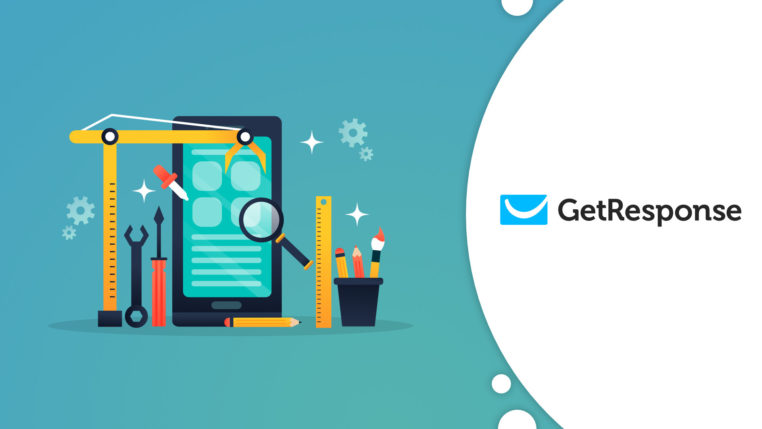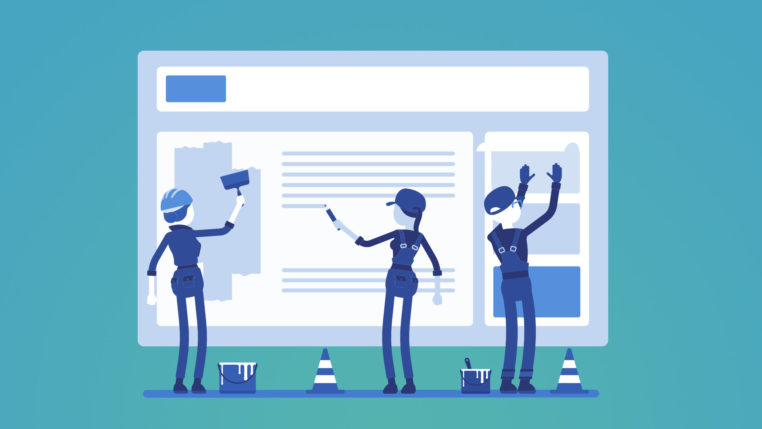5 Stages of a Webinar Sales Funnel & How to Set it Up?

Table of Contents
The webinar sales funnel are essentially the key stages for converting a visitor into a paying customer through webinars.
In this guide, we’ll go through the 5 stages of a webinar funnel. In each stage, there’s a goal that the prospect should achieve before moving into the next stage.
The webinar funnel tracking is typically set up by default in the professional webinar platforms.
Stage 1: Getting the Sign-up
The first stage in the webinar funnel is getting a webinar landing page visitor to sign up for the webinar. This all comes down to how well your webinar landing page can convert.
There are several important factors that come to play here, for example:
- How attractive does the topic sound?
- How well is the copy written?
- When is the webinar event happening?
- Does the webinar host look credible?
- How many registration form fields are there?
As for the landing page registration form, it’s recommended to ask as little as possible and as much as absolutely required.
Keep in mind that every extra registration form field will decrease the registration conversion rate.
The first stage is perhaps the most important one in the webinar funnel because if the prospect doesn’t sign up, they won’t proceed to any of the following stages.
With the best webinar software, you can even set up 2 simultaneous landing pages. One would be the original and on the other one, you can make changes in the copy or design. The A/B testing results will show you which one converts registrations better.
Stage 2: Getting the Attendance
Just because the visitor signed up for your webinar doesn’t automatically mean that they’re going to attend. It just means they found it interesting at that point.
The webinar happens at a specific date and time. You now have 2 important resources:
- Time until the webinar begins
- Their email address
Use these resources wisely.
The best practices to maximize the attendance rate for signed up prospects are as follows.
Post-Registration Thank-You Page
After they’ve signed up, they should be taken to a “Thank you” page. The main goal of this page is to confirm that the registration was successful, but more importantly – “Add to calendar” buttons.
Busy people often follow their daily schedules religiously. So, you should aim to get your webinar into their calendars. That way your email will be a reminder about your webinar every time they check their calendar for that day.
This greatly increases the chances they’ll attend.
Registration Confirmation Email
When the webinar sign-up was successful, make sure you’ve set up the registration confirmation email, which would include:
- A thank-you for signing up
- A couple of sentences to sum up the topic
- An “Add to calendar” links
The same principle applies here – get them to add the webinar event to their calendar.
Send timely follow-up emails before the webinar
It’s good practice to send around 2-3 webinar reminder emails 1 day before the webinar and 1 hour before the webinar starts.
These quick reminders should ideally include a couple of “teaser” sentences to get the prospect excited.
Stage 3: Getting the Engagement
What makes webinars so effective is that they’re very personal and engage the audience. There are several audience interaction tools you can use to get the audience invested, for example:
- Answer their chat messages on live video
- Get a moderator to reply to attendees
- Run a poll to gather their opinions (make the results public after the vote)
- Include a 15-minute Q&A block at the end of your webinar
- Invite an attendee to share their webcam/mic to share their personal experience
Typically, webinar software solutions include a call-to-action feature, which is specifically designed for launching your offer. The call-to-action feature should include:
- An attractive call-to-action button
- An urgency timer (before the offer runs out)
- Opening the offer again after closing it
- Optional: A product image
Some webinar platforms even enable audience focus tracking. That means you can see when your attendees lost focus (minimized the webinar window) and when did they leave the webinar. Analyzing this data and comparing it with the webinar replay recording gives you insights on what to improve upon in your next webinars.
Stage 4: Getting the Follow-up
It’s fantastic if you’re able to get the sales during the webinar. However, some attendees need time to think or discuss it with their colleagues.
They need time to consider your offer and that’s okay. The best thing you can do is help them prepare better.
In the follow-up email, send them materials they’d need to make the decision. For example:
- Warm message to thank them for attending
- Webinar replay video (usually automatically included)
- Your slides (perhaps with more text, so they can pass it around)
- A clear call-to-action you urge them to take
- Optional: A limited time offer to create urgency
The follow-up email is especially important for the prospects who couldn’t attend the webinar. They’d still receive the webinar replay video and could potentially still convert into a paying customer.
The goal here is to get them to reply to your follow-up email by asking additional questions. Even better if they go straight to the purchase.
Stage 5: Getting the Purchase
If you’re appealing more to the emotional side, you’re more likely to get the sale during the webinar.
If you’re appealing to the rational side, you’re more likely to get the sale from the follow-up.
Both styles are great – it just depends on your offer and the type of webinar presentation you’re delivering.
The likelihood of the purchase happening also greatly depends on the sales funnel on your website.
What are the Best Platforms for Webinar Funnel Tracking?
WebinarJam and GetResponse both have excellent landing page design options and landing page A/B testing. There’s also very flexible reminder email scheduling on both.
Also, both of these platforms allow us to present the webinar offer in a very attractive way to the attendees. However, these platforms are a bit pricey.
You could also go for a cheaper option and integrate Google Analytics with every page. In that case, you’d have to:
- Insert the GA code snippet to the webinar registration page (track visitors)
- Use an email marketing software that can track email opens and clicks
- Add UTM parameters to your live webinar offer link
To summarize, tracking your virtual event KPIs is essential for finding out where you are losing most of your prospects. The webinar analytics dashboards and reports give you that insight, so you can focus on the most impactful improvements and maximize your webinar sales.
Share this article



